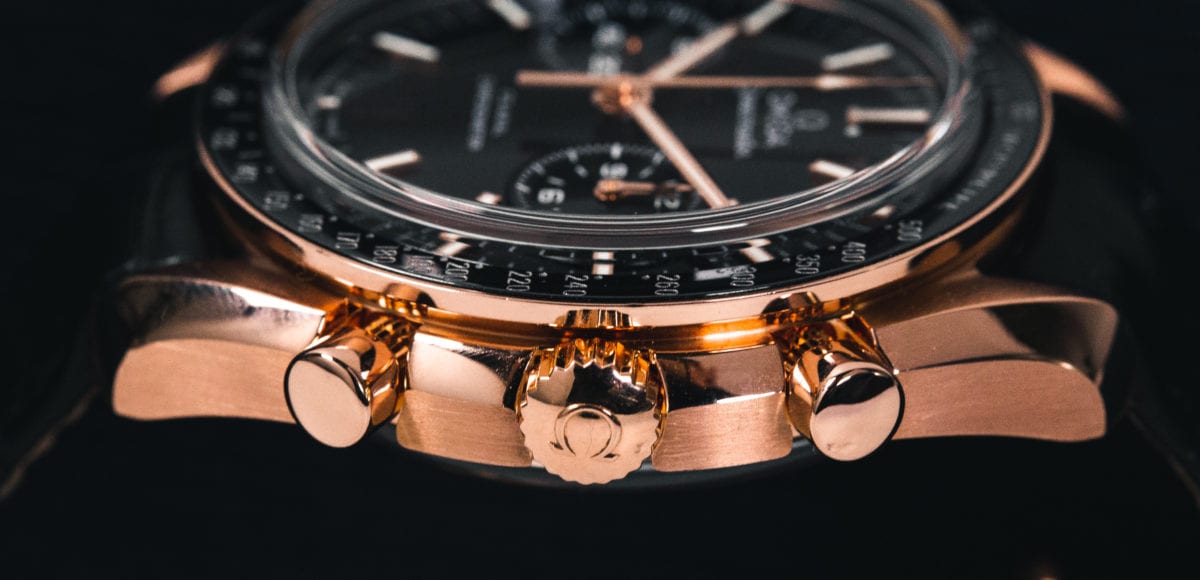Brief History of Materials Used for the Watch Case
For centuries, watchmakers exclusively used precious metals like gold, silver, and platinum to construct the watch case. Hundreds of years ago, these precious metals were readily available. The use of gold, silver, and platinum in watchmaking also reflects the original ties between the watchmaking and jewelry industries. It wasn’t until the twentieth century that gold lost its place as the most common material for the watch case.
As watchmaking became its own unique art form and other industries like the medical, aerospace, and automotive began to develop, things began to change. New materials became more commonplace, and watchmakers were eager to experiment with them. One material in particular quickly rose to prominence in the 1930s: stainless steel. Soon, stainless steel replaced gold as the most popular metal for the case. Gold still has its place in watchmaking and some of its own advantages. However, these are primarily aesthetic. Gold remains popular for its rich yellow and rose hues. In many other ways, stainless steel is a superior case material. It’s more affordable, lightweight, and resistant to corrosion.
Throughout the latter half of the twentieth century and beginning of the twenty-first century, case materials have continued to evolve more rapidly than ever before. In the 1970s, watchmakers began using titanium. While it’s even more lightweight and durable than stainless steel, it can be more costly. In more recent years, watchmakers have started bonding new materials to metals like stainless steel. In addition to increasing overall durability, these materials can help with reducing friction with other metal parts. Surprisingly, bronze is another relatively new material in watchmaking. Last but not least, one of the latest materials in watchmaking is ceramic. Here, we’ll look more closely at these case materials and their applications along with their advantages and disadvantages.
Gold
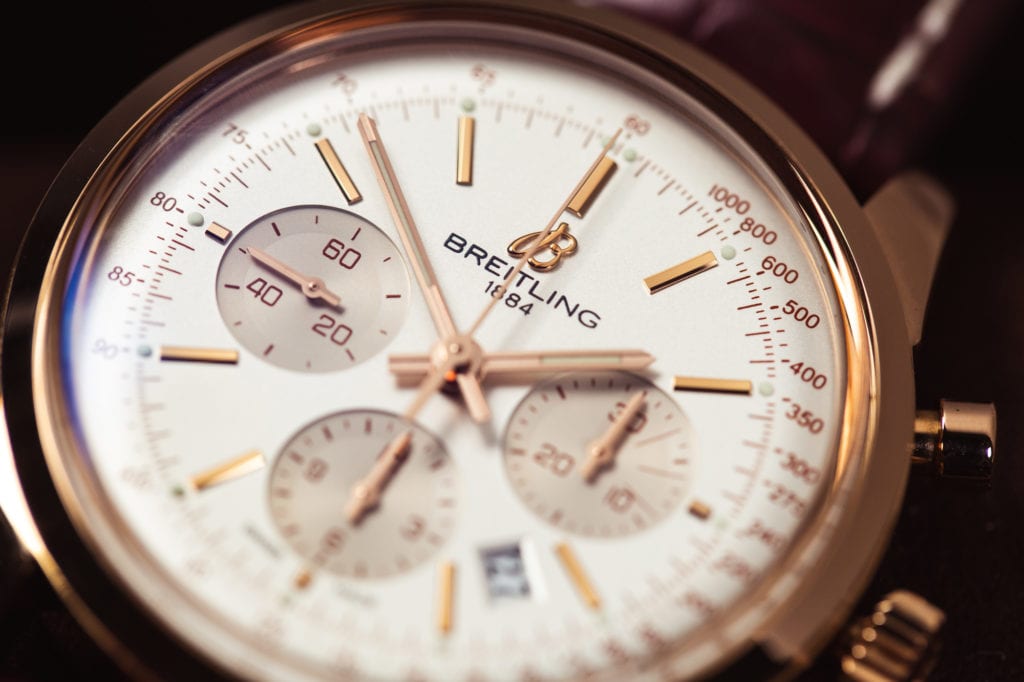
Though gold is no longer the most popular case material, it will forever have its place in the watchmaking industry. When it comes to dress watches or high-end luxury watches, nothing quite compares to gold. In addition to unique color variations like yellow and rose, the inherent value of gold gives it a certain presence. If you’re looking for an investment piece that will withstand the test of time, a gold watch is the way to go. Some of our favorite gold models include the Rolex President, Patek Philippe Calatrava, and IWC Portuguese.
Platinum
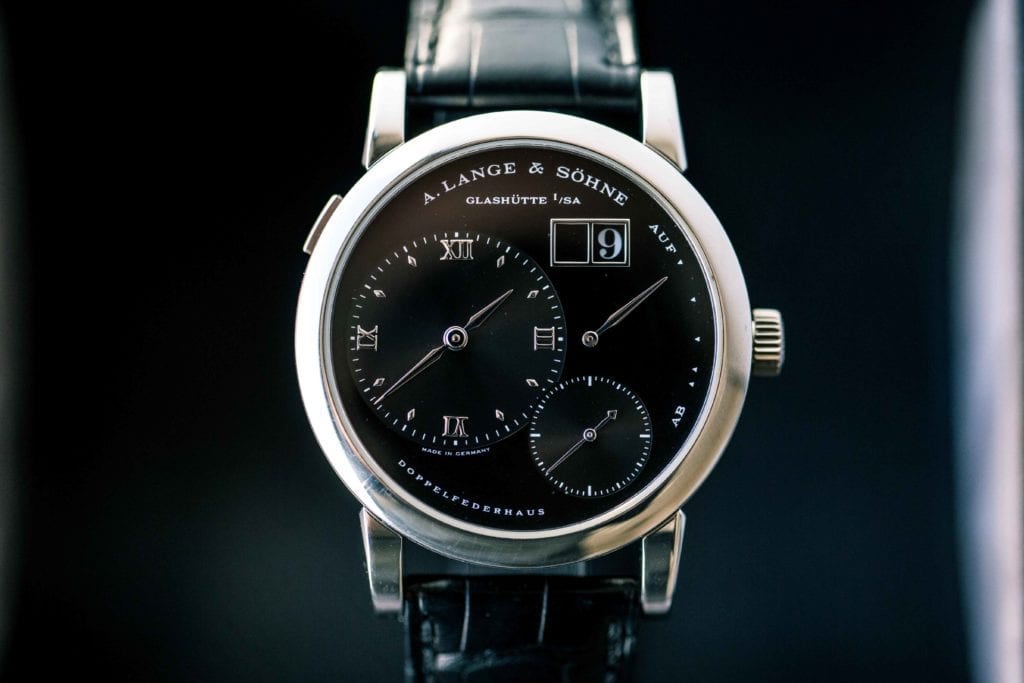
A platinum case truly takes a luxury watch to the next level. In addition to being the most expensive of metals, it’s also quite heavy. In turn, platinum is highly durable and scratch-resistant. Overall, watchmakers tend to use platinum sparingly because it’s difficult to work with. Still, some of the top brands in the industry will always include some platinum offerings in their catalogs. The Jaeger-LeCoultre Master Control Calendar and A. Lange & Söhne 1 Time Zone are a couple platinum models that are particularly special.
Stainless Steel

Stainless steel has become the most prevalent case material for a reason. For watchmakers, it’s readily available, easy to work with, and cost effective. For collectors, it’s equally affordable, hypoallergenic, and durable. A majority of manufacturers use 316L stainless steel for their case construction. However, Rolex has their own stainless steel variant, 904L, which is slightly more scratch and corrosion resistant. Stainless steel is the perfect case material for ever-popular tool and sport watches that require a rugged build. The Rolex Explorer collection is the perfect example that showcases the brand’s own iteration of the popular metal. We also love the OMEGA Seamaster, TAG Heuer Carrera, and Breitling Transocean when it comes to stainless steel models.
Titanium
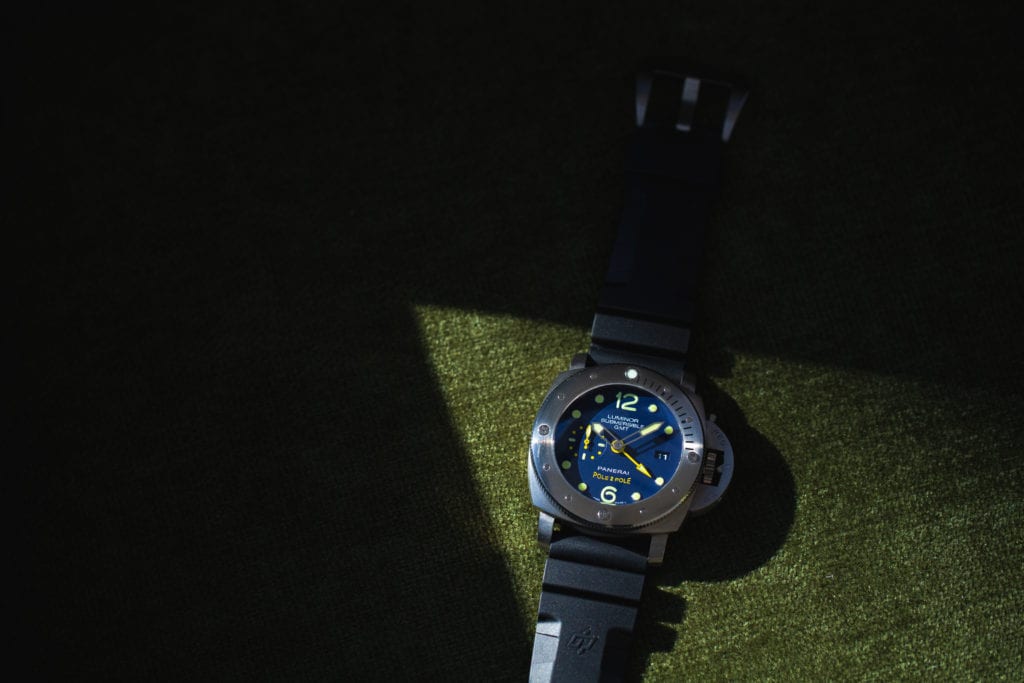
Similar to stainless steel, titanium is perfect for sport and tool watches. It offers a harder composition that provides even stronger durability at a lighter weight. When embarking on an activity where you want as little impediment as possible, a titanium watch makes a great companion. It does come at a slightly higher cost than stainless steel and has never caught on quite as readily. Still, there are tons of incredible titanium watches on the market, like the Tudor Pelagos, Hublot Classic Fusion, and Breitling Emergency.
PVD or DLC Coated
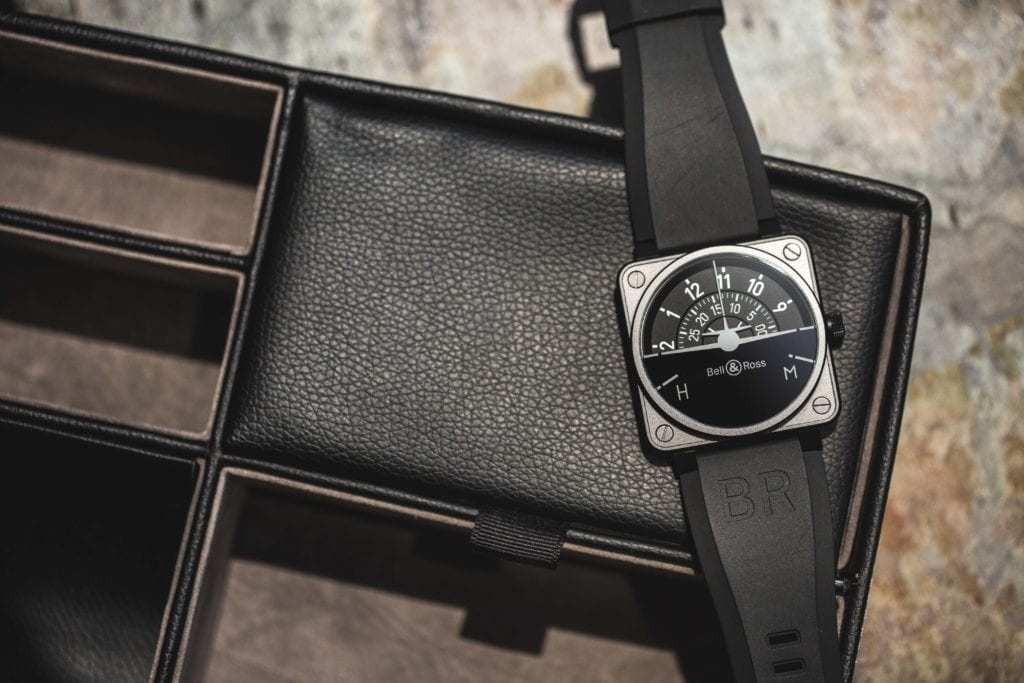
PVD, or physical vapor deposition, and DLC, or diamond-like carbon, or two treatments or coatings watchmakers can apply to metal. Watchmakers use a specific chemical process to bond these materials to a metal case. The result is both functional and aesthetic. They create a harder and more durable case with increased resistance to scratches as well as general wear in tear. In addition, they provide and incredibly unique and sleek black color for the case. Brands like Chopard, Panerai, and Ulysse Nardin have given a modern update to classic models with PVD and DLC coating.
Bronze
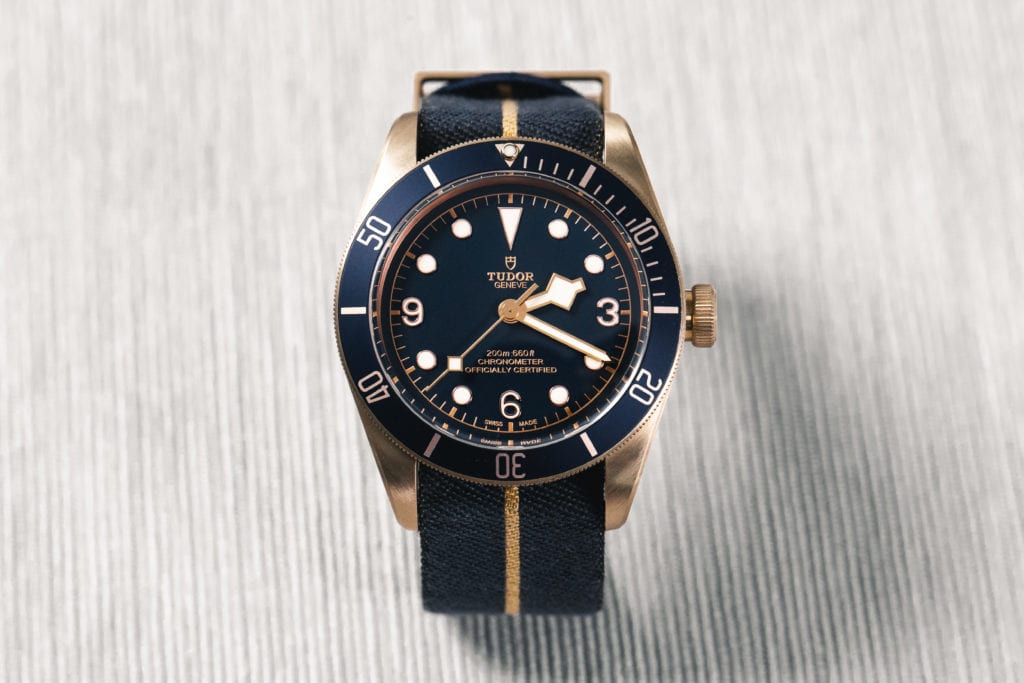
Bronze is highly susceptible to corrosion and therefore watchmakers dismissed it as a viable case material for many decades. Now, bronze has become popular for this very same reason. Today, patina is becoming increasingly in vogue in the watch space. Over time, bronze naturally provides this patina effect. Brands like IWC, Tudor, and Zenith have all been quick to jump in on the trend.
Ceramic
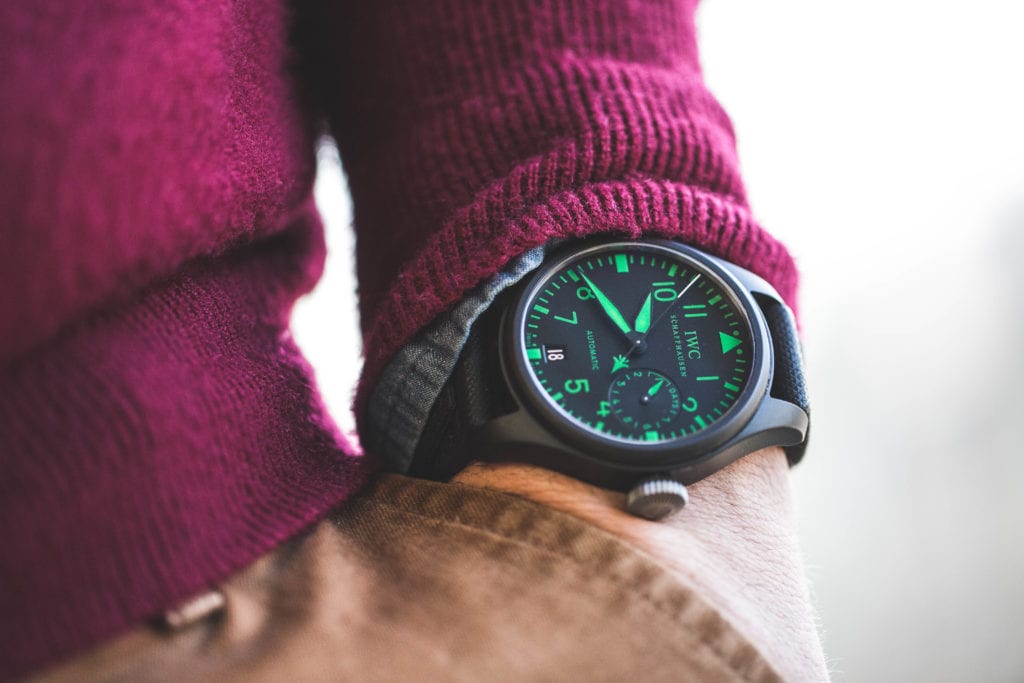
Ceramic is still a relatively new material in the watch space. From a technical perspective, it’s incredibly lightweight and scratch resistant. It also offers aesthetic benefits, like its ability to be produced in a wide array of color options. However, ceramic also has its downsides. It’s not as cost effective and, more importantly, it can become brittle and break, particularly on impact. Many of today’s top brands are experimenting with ceramic as a case material, like Hublot, OMEGA, and TAG Heuer. Only time will tell how ceramic or the next latest and greatest case material might serve the industry in the long haul.
Get More Articles Like This in Your Inbox
We're constantly creating great content like this. So, why not get it delivered directly to your inbox? By subscribing you agree to our Privacy Policy but you can unsubscribe at any time.





